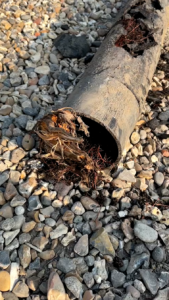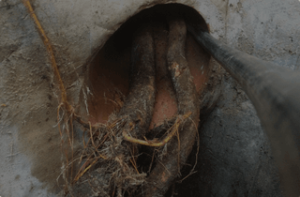It’s an unpleasant experience when your kitchen or bathroom sink becomes blocked, and it can be difficult to know where to start. Dealing with a blocked drain is not a pleasant job but by following some simple steps you can get back to normal in no time.click here

Identifying the Problem
The most common cause of a blocked kitchen sink is debris that collects over time such as food scraps, hair or even small toys! Depending on the blockage, you may need to use some basic tools for removal. If you are having trouble identifying what’s causing the issue or are unable to unclog it yourself, click here. to find a local plumber who can help.
What Tools Will I Need?
Before starting, you should gather the necessary tools to tackle the problem. These include a bucket, baking soda, white vinegar, a plunger, a wire coat hanger or drain snake, and a pair of rubber gloves.
Start by removing the strainer from the opening of the drain and emptying the bucket underneath it so all debris can be collected. Then pour two cups of baking soda into the water that’s still in the sink. Follow this with two cups of white vinegar. The reaction between these two substances will help loosen the blockage.
Using a Plunger
Once you have added the baking soda and vinegar, wait five minutes before adding hot water to cover the sink opening. After the sink is filled, place the plunger over the drain opening and firmly press down. Move the plunger up and down several times to break up the clog before pulling it away.
If there is still a blockage after using the plunger, try using a wire coat hanger or a drain snake. This involves inserting the end of the hanger or snake into the drain opening and working it around until the blockage is cleared. It may take a few tries, but eventually the blockage should be removed.
Cleaning Up
Once the blockage has been cleared, turn on the tap and ensure that the water drains without any problems. Finally, flush the drain with cold water to ensure that all debris has been flushed away. You should also clean the strainer and put it back onto the opening of the drain.
Preventative Measures
To avoid blocked drains in the future, you should regularly inspect the sink for any buildup of debris. Use a cleaning brush or chemical-based products to keep the drain free of clogs. Additionally, you should avoid flushing anything other than human waste and toilet paper, as this could lead to blockages.
By following these simple steps, you should be able to prevent costly drain repairs in the future. If you do encounter a blocked drain, remember to take the necessary safety precautions and call a qualified plumber for assistance if you cannot unblock the drain yourself.

